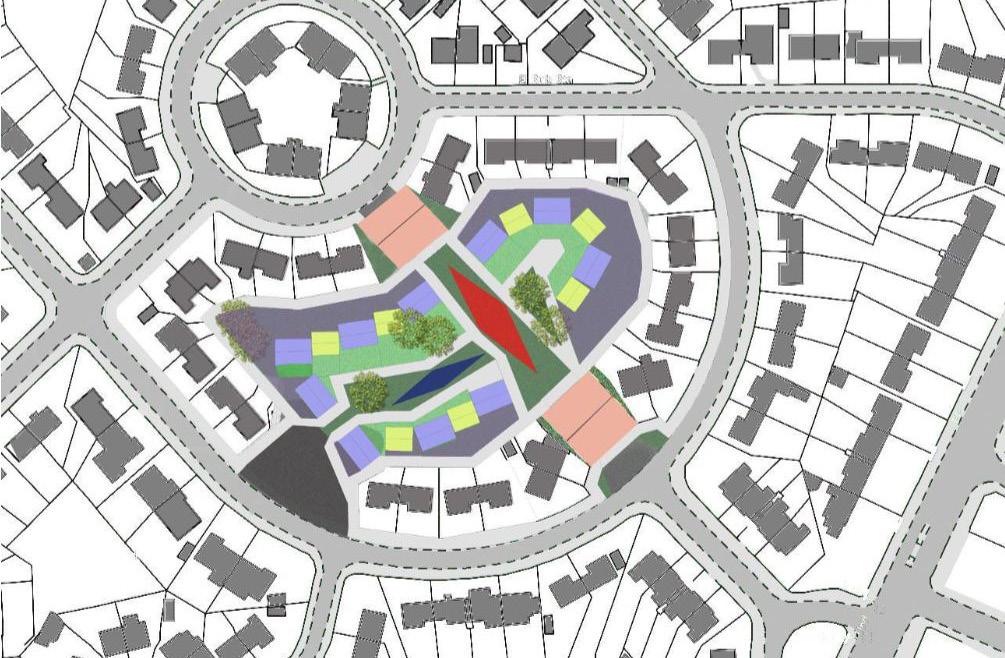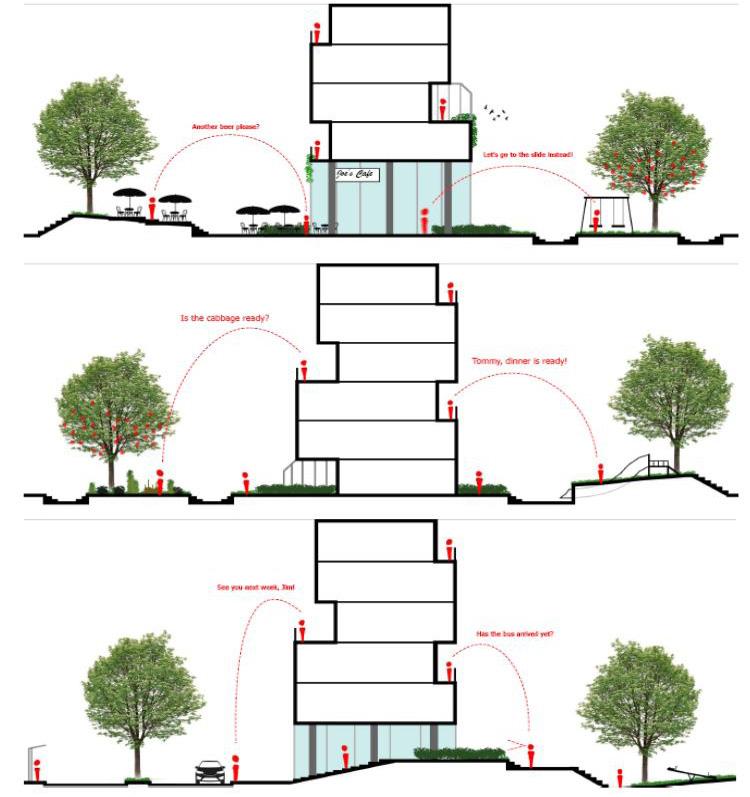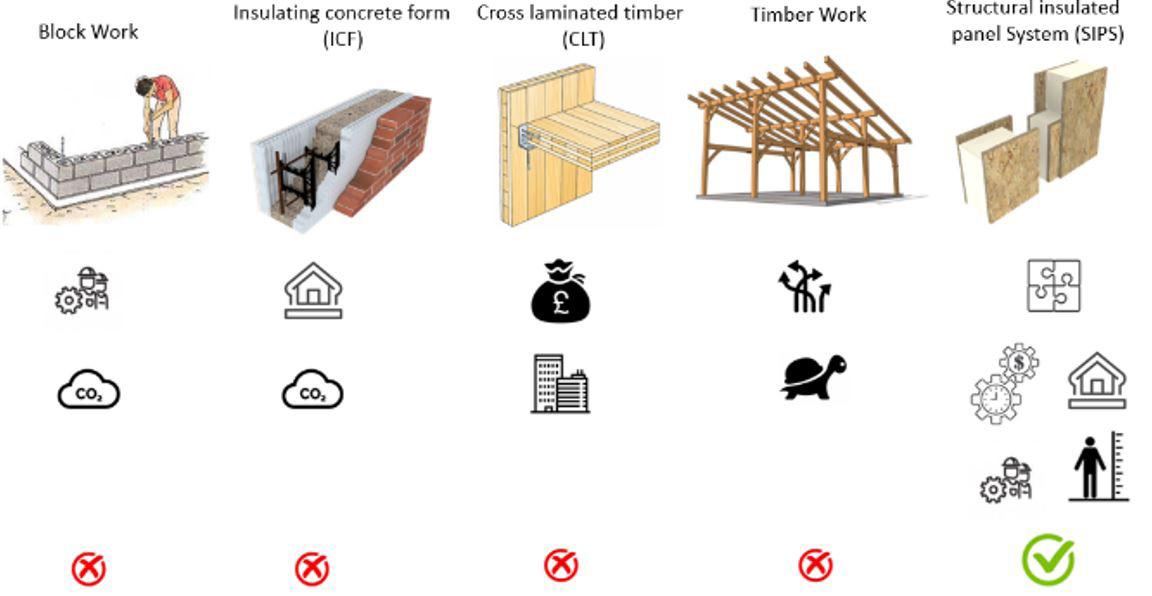
8 minute read
Incredible Nottingham
Pen pal
Words and images Dorsa Ghaemi, Francien Fons, Jolt Wiersma and Sun Ah Hwang
Advertisement
Last year, The University of Nottingham invited a group of students from our faculty to participate in the celebration and acknowledgement the 100th anniversary of the Addison Act by planning a week-long symposium and design charrette in association with Nottingham City Homes.
The Addison Act was an Act of the Parliament of the United Kingdom. Named after Minister of Health and Housing at the time, Dr Christopher Addison. The Act was a response to the shocking lack of fitness amongst many recruits during World War One, attributed to poor living conditions; it provided subsidies to local authorities and aimed to help finance the construction of 500,000 houses within three years. It also marked the start of a long twentieth-century tradition of state-owned housing in planned council estates. The city of Nottingham has a rich legacy in this area and is now working on its conservation and further development 1 . We were invited to participate in the symposium concerning these developments, this took the form of lecture series, presentations and discussions, site visits, and as above mentioned, a design charrette. Under the supervision of Esther Gramsbergen nine students from Bouwkunde, some in their 3rd year of the bachelor program and some in the beginning of their master studies joined and were hosted by fellow architecture students in Nottingham.
Monday the 4th of November 2019 marked the launch of the symposium, with a welcome and introduction followed by various lectures giving historical and contemporary perspectives, both the tenants’ perspectives as well as the vision of the coming 100 years. The tenants were intensively involved in the housing symposium and the design
1. For more information see the book, Homes and Places by Chris Matthews
process. During the introduction event we saw videos of interviews with them and heard their opinions about their houses and living area. We met them again during the site visit and they guided us through the location. They were also present at the final design presentations and gave feedback on the designs.
In the afternoon we started the design charrette followed by visits to the sites of the three study cases, namely Sherwood, Balloon Wood, and The Meadows. We spread out in different workgroups. Each group had a combination of second and third year students and design teachers and experts. In each group we worked on one of the afore mentioned case studies together with our peers from the university of Nottingham. What was really remarkable was that immediately at the excursion we could feel the friendly atmosphere between the teachers, the students, and the tenants. This continued during the whole design week and we could experience a new (to us) way of design teaching and learning from the teachers in a related and personal way. We felt connected with them as if we had known each other already for a long time. Whether it was caused by the low number of students or due to the fact that the teachers knew the students from the first year of their study and were guiding them through their whole course of study, it made for an incredible experience.
Below are descriptions of the three case studies as written in the design brief by the initiator of the symposium, Alison Davis. These are respectively followed by our contributions and results:
Sherwood Estate – Garden City, 1920’s: "Sherwood Estate, habitations fit for the heroes that had won the war, was built in the periphery of the city according to garden city principles. The traditional brick buildings have successfully outlived their original 60 year life expectancy and the neighborhood continues to be a popular place to live. Despite its enduring success, the density of the estate, with approximately 30 homes per hectare, is too low for future success. Further, the range of housing typologies on the estate lacks diversity. The design challenge at the Sherwood Estate is therefore to explore the possibility of densification within the existing urban fabric and the introduction of new housing types to attract a more diverse group of residents."
Our Contributions: In case of Sherwood, there was a big green space surrounded by houses. We studied the possibilities for the densification of the area in order to design where to put those houses and what to do with the green space left. The first thing we did was to formulate 5 principles, which were: traffic, arts and crafts style of the house, community, green spaces, and the building of sustainable houses
When we went to the site, the first thing we noticed was that there were some curious little parks in front of some houses. We used those as a gateway to the inner circle of houses. The fact that the backyard bordered on the communal space was also really important. This meant the people could flow through the whole scheme. Parking is on the outside of the ring of houses. In the end we came up with three types of houses. The first one is the gatehouse. It stands on the entrance of the inner circle and is quite small. The first floor is lifted so you can park your car underneath. The other two types of houses are row houses. The first one has three bedrooms and the second one two. We wanted to make a wide range of housing types, so that we could accomodate different types of residence.
Balloon Wood – Systematic Construction, 1960’s: "Balloon wood was a neighborhood made of high-rise buildings with gallery-accesses, very similar to the Amsterdam Bijlmermeer project. In the 1960’s, the housing council in Nottingham joined forces with local government and developed a flexible, modular system of interlocking and terraced dwelling units made of a system of structural concrete panels. Balloon Wood was a classic example of the implementation of modern methods of construction in which prefabricated, standardized components are manufactured off-site. The cleverness of the building system in combination with its social ambition made the project unique. Regrettably, it was a short lived success. In contrast to its objectives, construction defects in the system and a sense of social insecurity in the scheme resulted in its demise, and Balloon Wood was demolished within 20 years of its conception, at considerable cost in terms of both embedded carbon and displaced community. The (hypothetical) design challenge at Balloon Wood was therefore to explore the possibility of reinventing the scheme through remodeling, revisioning, creative reuse, or a more selective demolition, had it escaped complete demolition in the 1980’s."
Our Contributions: We formulated 4 key themes for which interventions would be needed, namely: Courtyards, Materiality, Deck Access, and Amenities/Functions.
Ultimately, the combination of the interventions per theme has led to a scheme at Balloon Wood that has been reinvented through remodeling (courtyards), revisioning (materiality), creative reuse (deck access), and selective demolition (amenities/
Design proposal of differing residential types in Sherwood Estate
Design proposal of coexisting themes in Balloon Wood

Impression of new proposed Boulevard in Balloon Wood


Varying construction methods in The Meadows
functions). Each theme influences one another, so it is of value to visualize how all can coexist together as a whole. In this case, this occurs by means of human interaction, the initial goal of the original Balloon Wood.
From our discussions with Martin and Dan, Policy & Planning Managers at Nottingham City Homes, we noticed that the estate was prone to criminal activities. By selectively demolishing several blocks, we could introduce a boulevard within the complex that also connects the newly introduced train station and the socially significant pub that then existed. The newly introduced boulevard is intended to work as Mekelweg in Delft does; a source of geographical connection and social integration with pop-up stores and food trucks. and gave the students wings to fly with our selfchosen topics of interest. The work was not divided to merely accomplish some pre- defined goal, but rather to ensure that everyone was passionately engaged and had fun in the learning process. We divided into groups of 2-3 students each working on one aspect of design and analysis. Second-year students made their hands busy working on The Meadows’ urban massing model. One group started analysing the green and logistical qualities of the site. One group focused on the bio-diversity, and another one on possible construction concepts and methods.
Finally, we contributed a graphical communication of the comparison and the decision-making process between different chosen construction methods for the site.
The Meadows – Radburn Layout, 1970’s: "In the 1970’s, the reaction to the discredited system-built, high-rise schemes was a return to low-rise, traditionally constructed family homes in a green landscaped context, albeit at a greater density than its pre-war predecessor and with a concern for management of circulation networks. Post-war planners were interested in its potential for safe pedestrian neighborhoods. Despite gaps in the urban fabric, the area retains a strong local identity and sense of community. The challenge at the Meadows was therefore to explore the possibility for urban repair at the level of densification, either by positioning new dwellings into the existing urban fabric, such as at non-overlooked parking sites which are now considered a threat."
Our Contributions: At the first group meeting, we made decisions about the team work process. Decisions were made based on students’ own ideas and areas of interest and tutors guided them knowing their development stage. What fascinated me was how the tutors supported us
Reflection The Design week was a unique opportunity to get in touch with the way of working and the atmosphere of the Architecture Faculty of the University of Nottingham, that was located in a beautiful park. On the final presentation day again, the tenants were there giving feedback and opinions on the design proposals. On the last day we went on a city and architectural excursion guided by David Short. We enjoyed a vibrant academic environment and worked with talented students and very passionate tutors. The friendly and personal environment was very impressive and unforgettable.
A great thanks to David Short of the school of architecture of the university of Nottingham, Robin Wilson, Alison Davies, our supervisor Esther Gramsbergen and other tutors involved as well as our fellow students; Alicia, Thomas, Au Yeung, Joe, Rachel, Jessica, George, Alejandra, Tasha, El, Amelia, Racheal, Ryan and other, and also our hosts; Melanie, Sarah, Lucy, Mia, Vhinossh and Joe.








